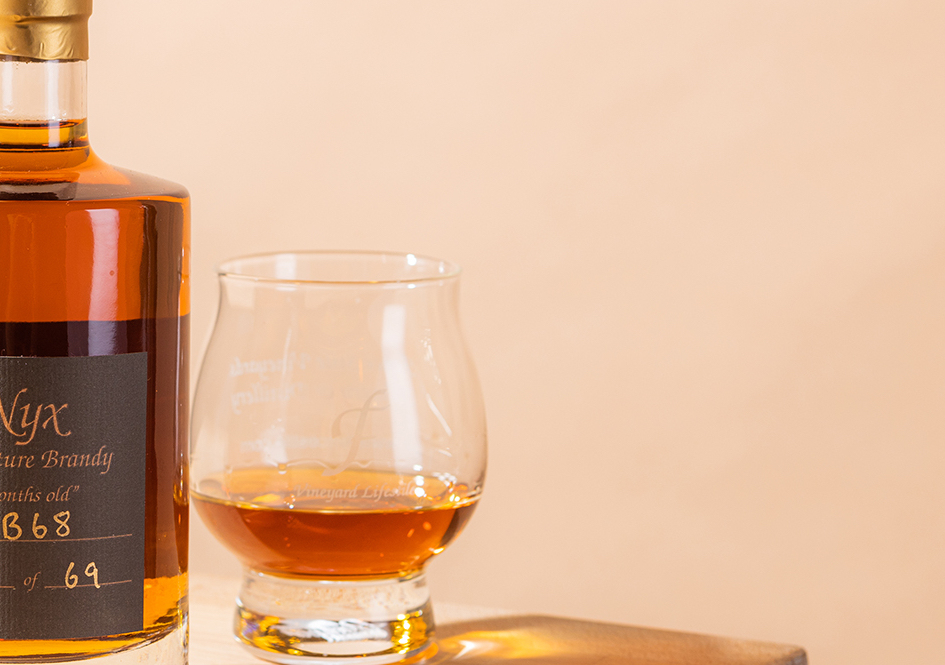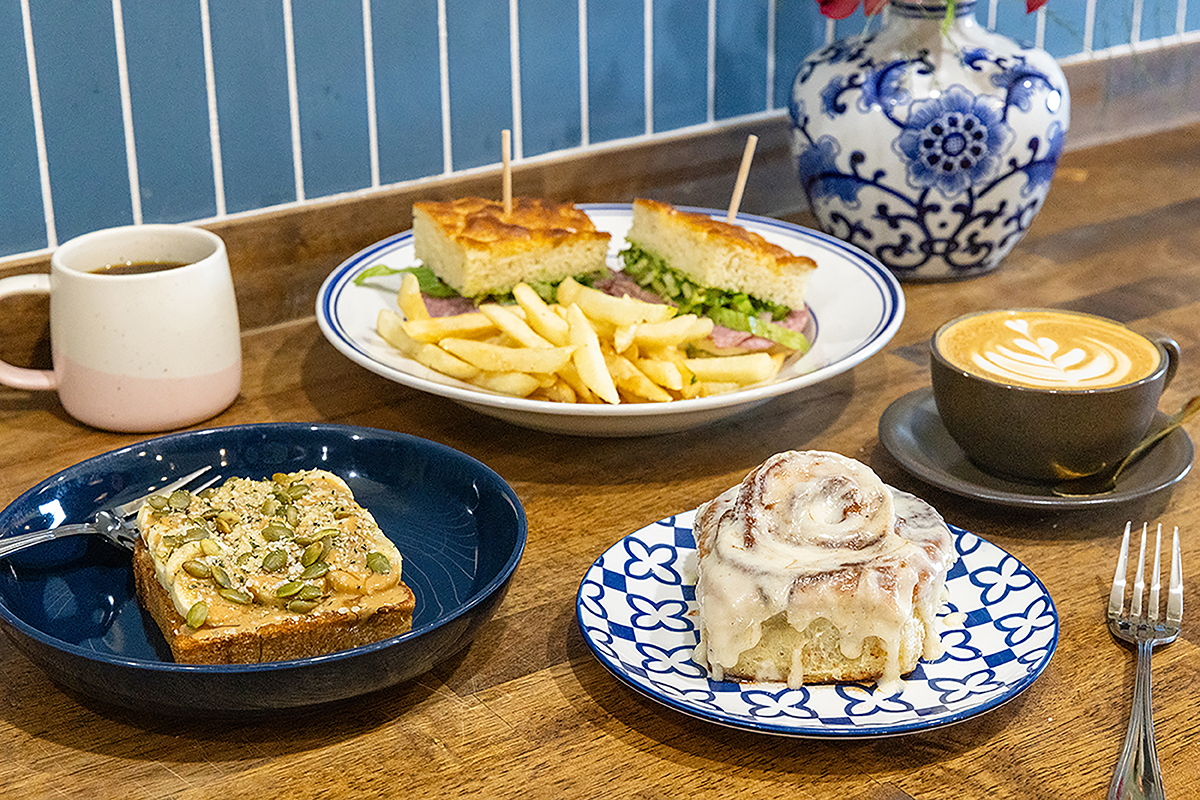Amrish Hallberg didn’t want to make brandy; he wanted to make rum. His mother, Shriti Hallberg Plimpton, had other ideas—and ten acres of grapes.
Plimpton owns Fence Stile Winery in Excelsior Springs, which grows hybrid grapes like vignoles, seyval and vidal blanc. As Hallberg approached his twenty-first birthday, mother and son struck a bargain. “I wanted to do a distillery, she wanted me to do something with the wine she had,” he says. “I wanted to do rum because there’s only one other distillery in Missouri doing rum and it’s more fun to make, but we have a winery.”
A deal having been reached, Hallberg distilled his first spirit on his twenty-first birthday. Hallberg, who is in school for mathematics and computer science, learned on his own. “It’s fairly simple chemistry,” he says. “Methanol cooks off at hundred and sixty-five degrees, ethanol cooks off at one hundred and seventy-three, and yeast converts sugars into alcohol.”
And so the first two Nyx branded “immature brandies” were made from vidal blanc and another grape.
As a skeptic of Midwest wines, I’ve long thought that making brandy might be a way to neutralize some of the overt sweetness and foxy notes found in grapes with genetics from North American native grapes.
Vidal blanc is a good candidate for the project: The grape was actually developed by a French grape breeder of the same surname for the express purpose of making Cognac on the west coast of France.
After harvest, the grapes are put in air-tight stainless steel barrels to ferment and then distilled on a stainless steel rig and put into barrels that are hand-charred over the winery’s fire pit. The final result is smooth and direct, with notes of honey and toffee, and one hundred proof, which you’d never get from sipping it.






